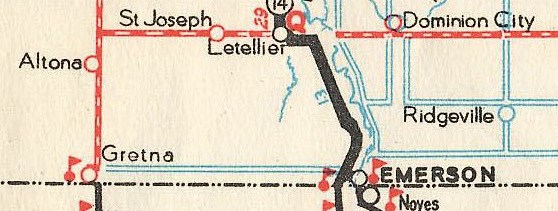Gretna was once known as "Smuggler's Point", a simple border crossing where the flow of undeclared goods were smuggled over the border by early settlers and fur trappers. Soon after establishing the 49th parallel as the international border, Gretna became an important customs centre and border community for both the Canadian and American governments.
Gretna's strategic geographic location raised the interest of the Canadian Pacific Railway which encouraged the creation of large grain elevator operations in the area. The Ogilvie Milling Company was one of the first and most prominent private companies in Gretna around the turn of the 20th century. It is believed company founder William Ogilvie, originally from Scotland, named Gretna after Gretna Green in Scotland, also a border community, where runaway couples were married by the blacksmith at his anvil.
In 1889, Mennonite Collegiate Institute, a private high school, opened in Gretna.
In 1897, Gretna and area was visited by Russian prince and anarchist Peter Kropotkin who praised the local Mennonites for their industriousness and communal lifestyle.
Gretna soon became a prominent border community.
As businesses thrived and expanded, Gretna life in the early 20th century was filled with promise and opportunity.
As progress would have it, changes afforded Gretna no favours and the community began losing the grain milling industry responsible for its boom.
The Post office opened on February 1, 1884.
The current population is 574.

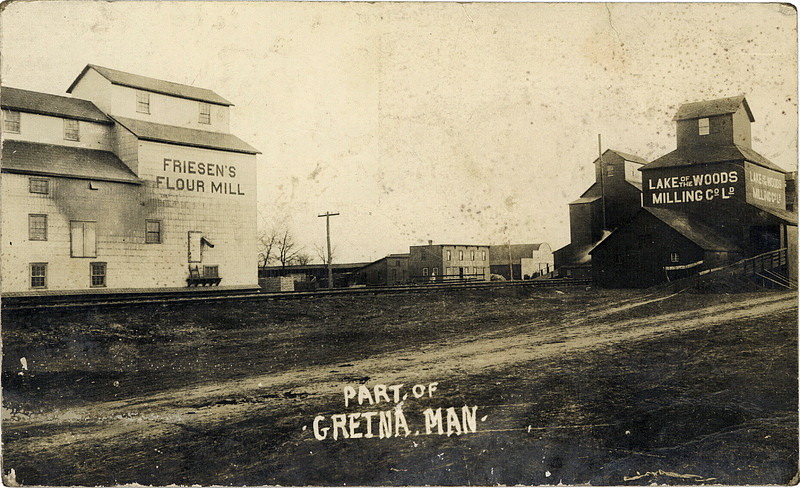 P
P
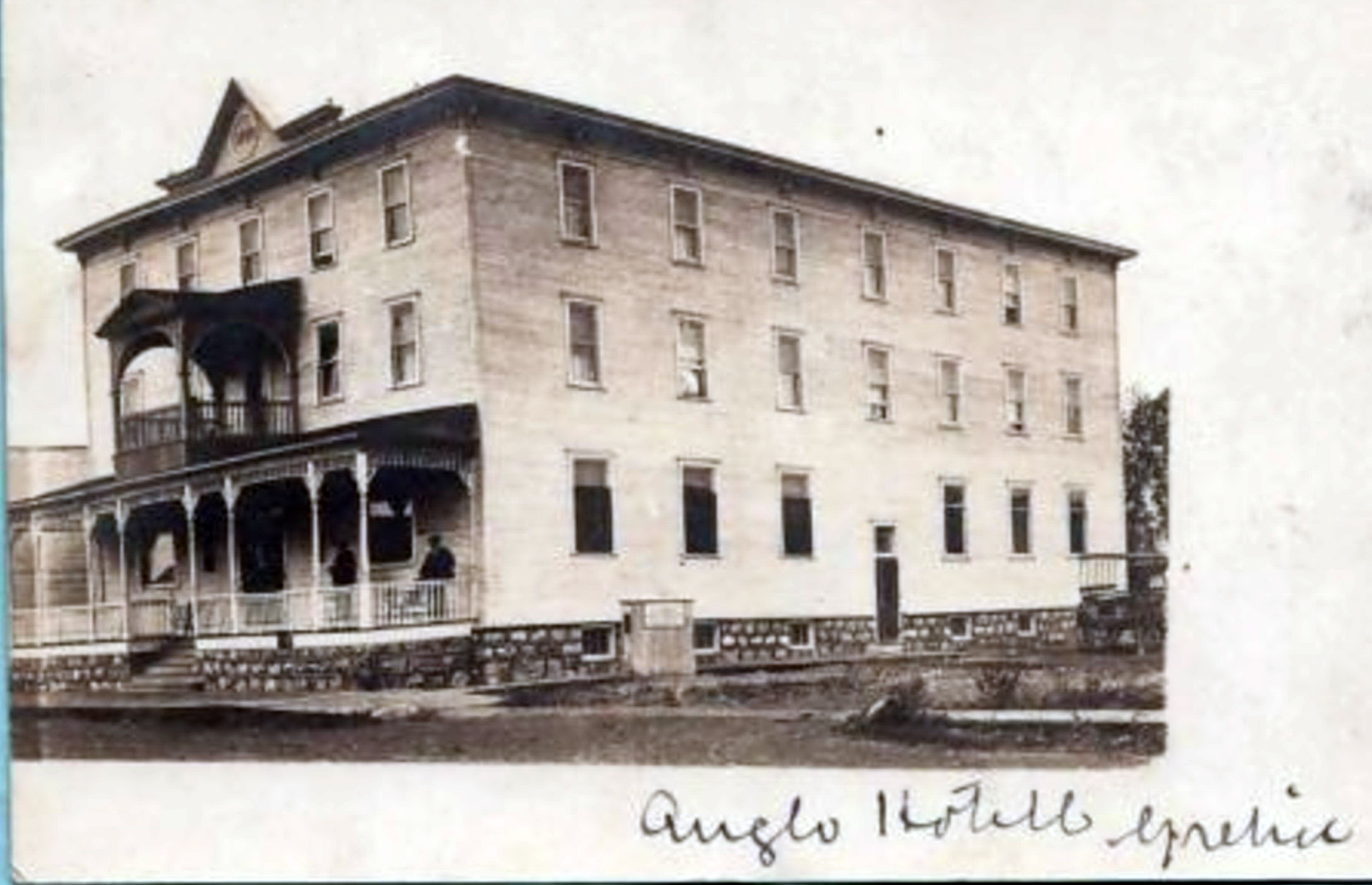
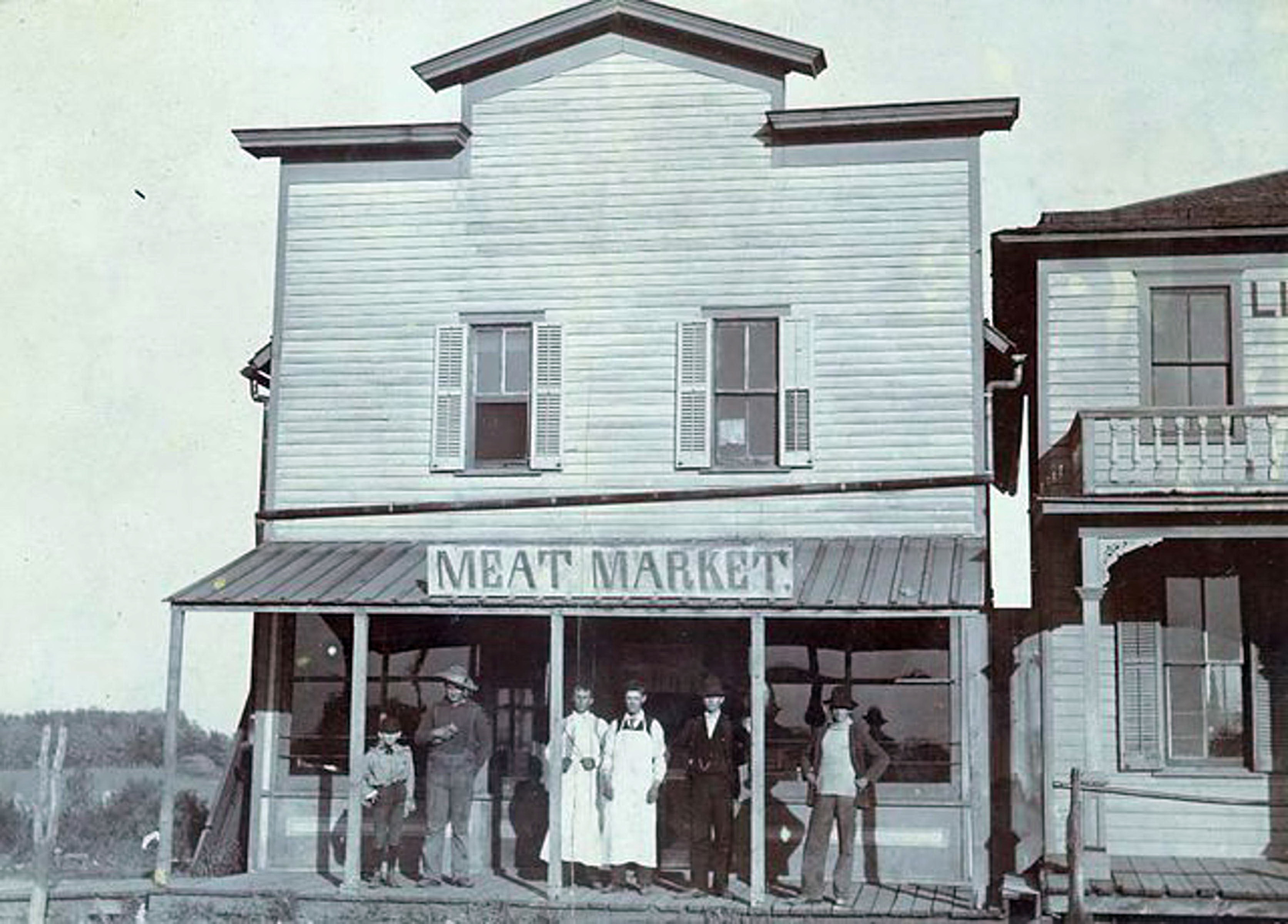 *
*
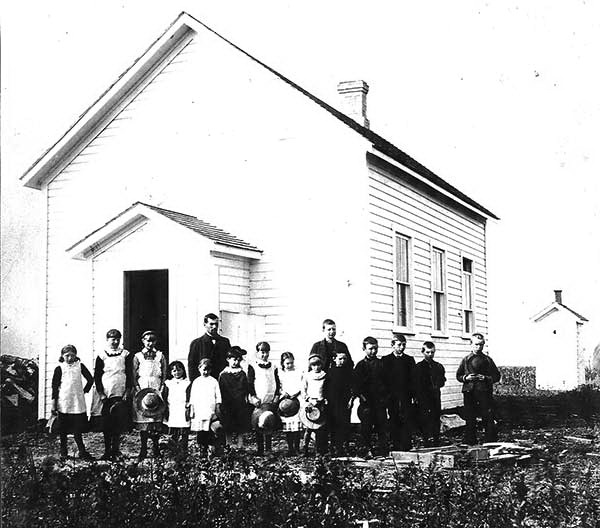 *
*
first school 1884
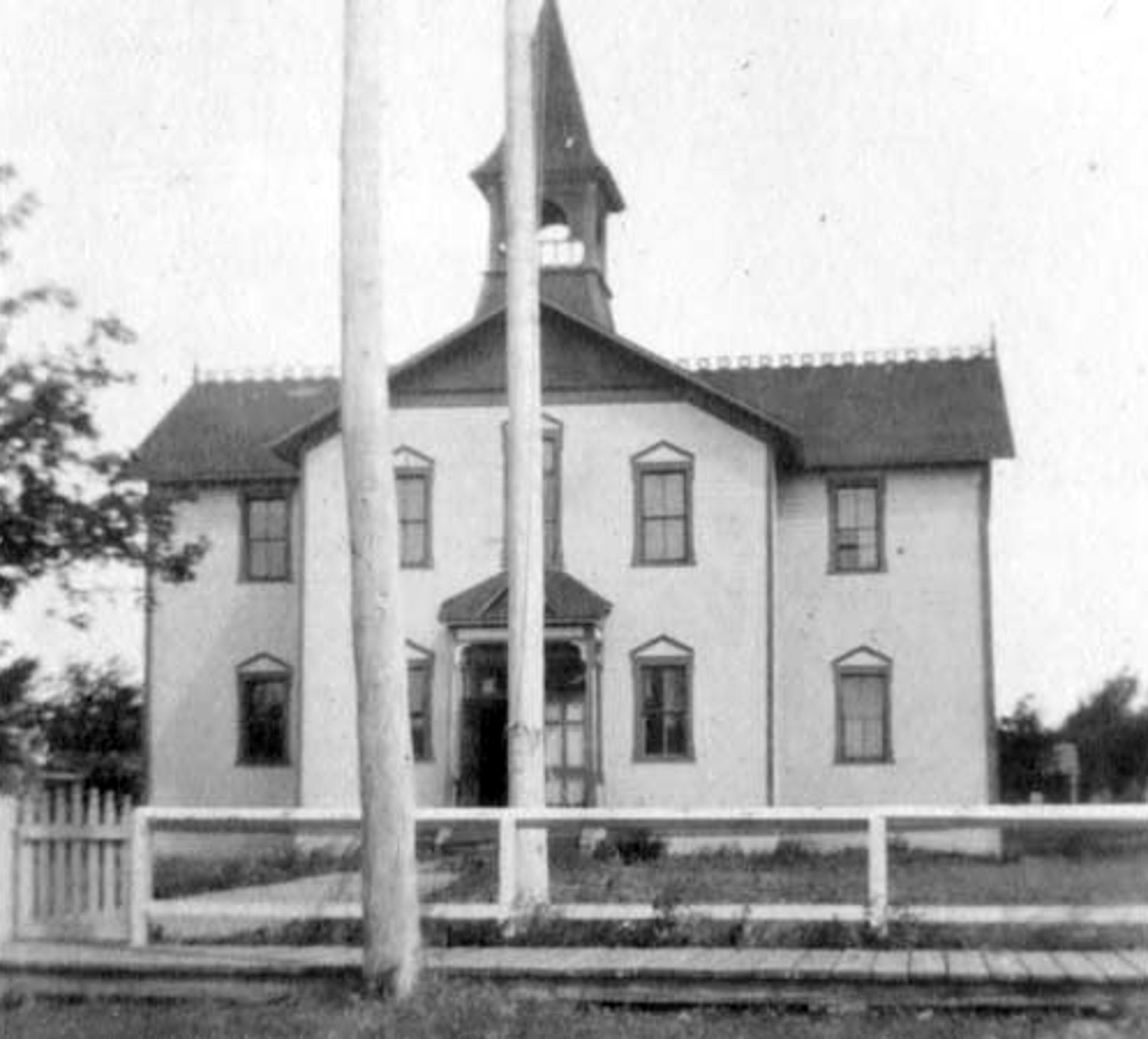 *
*
second school built in 1892
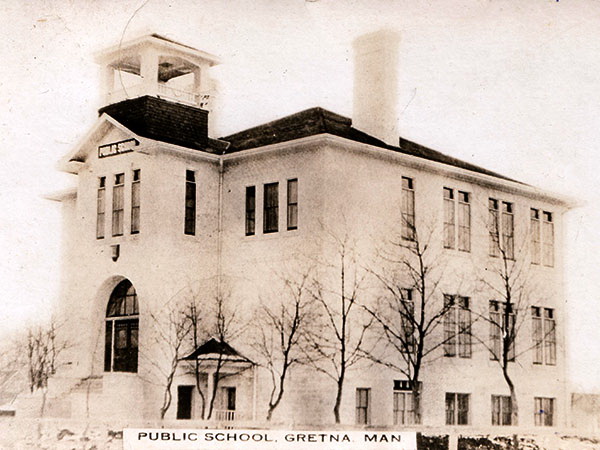 *
*
third school
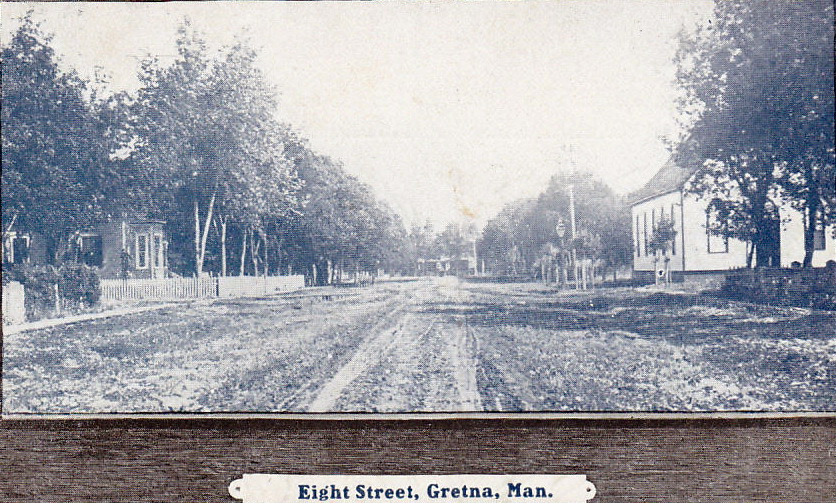
 *
*
 *
*
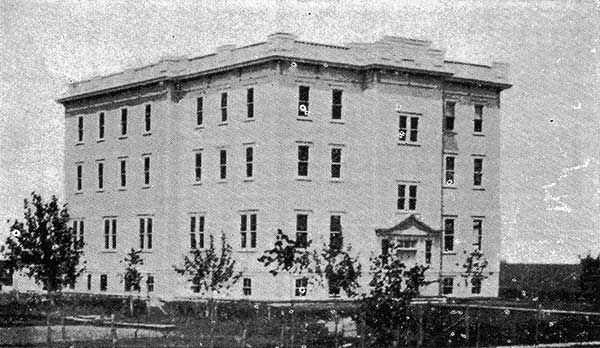 *
*
1937
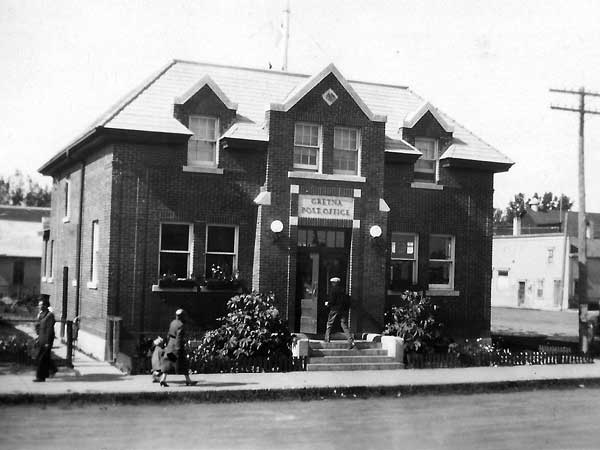 *
*
Post Office 1929
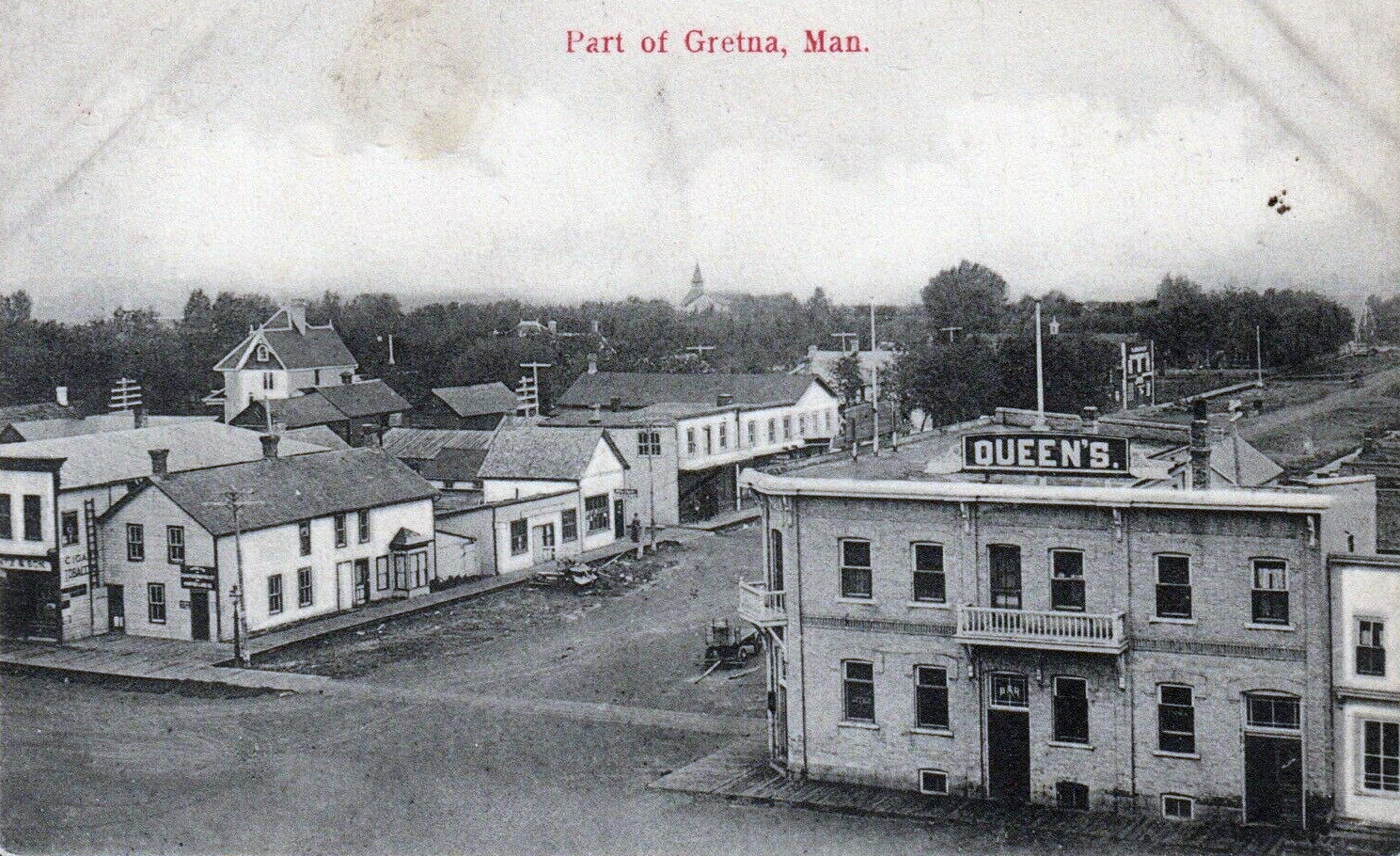
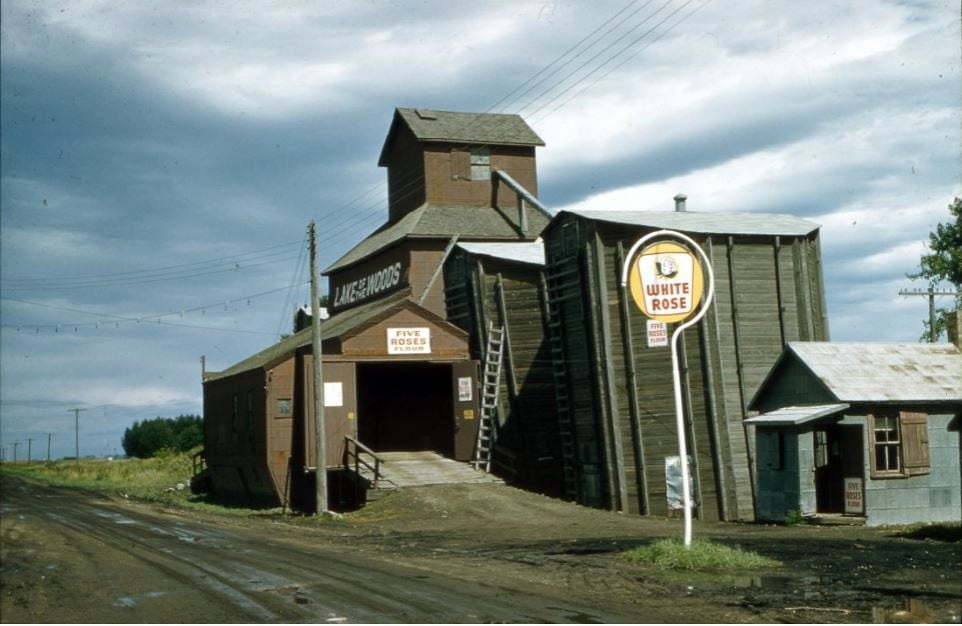
1957
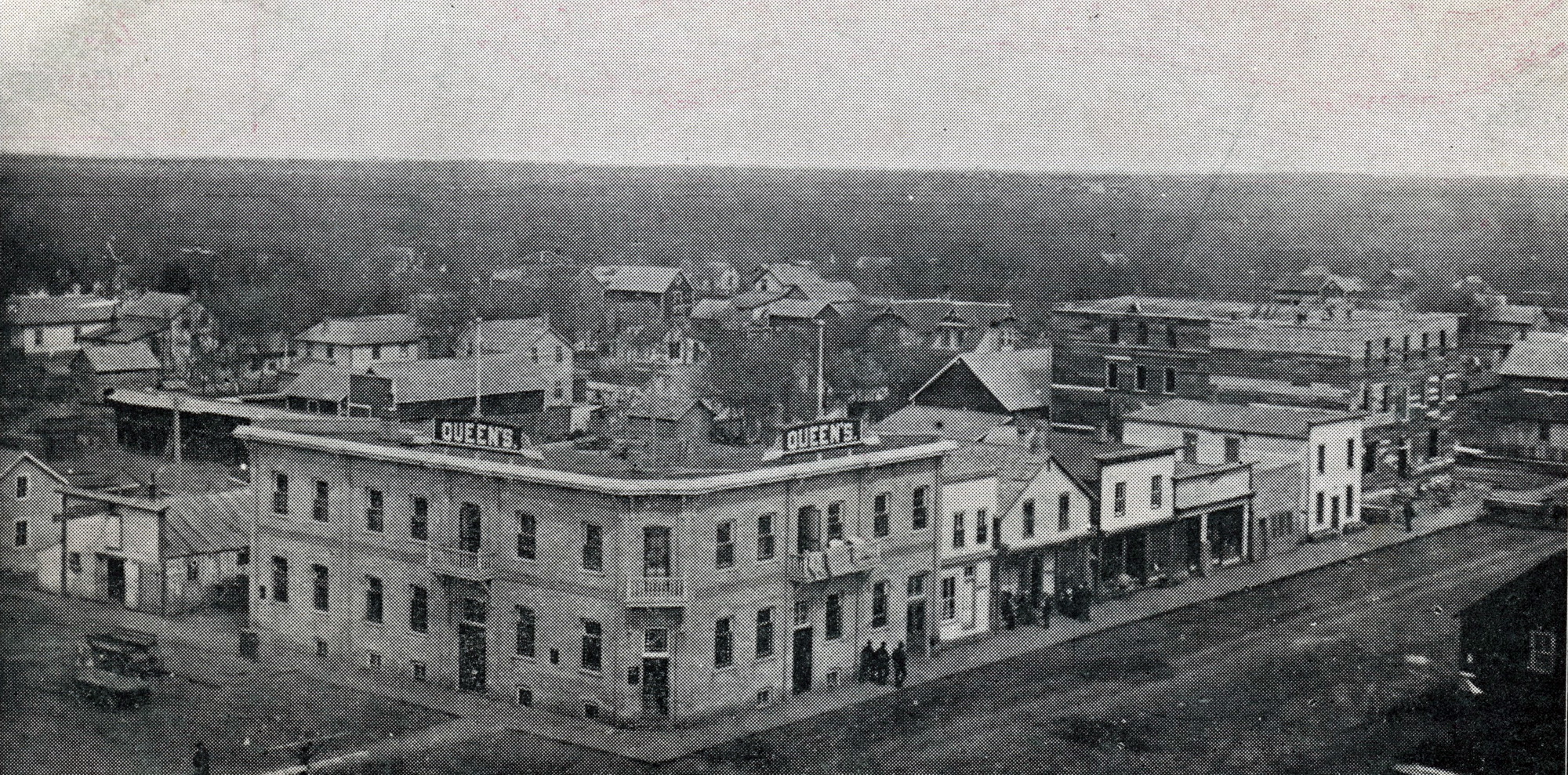
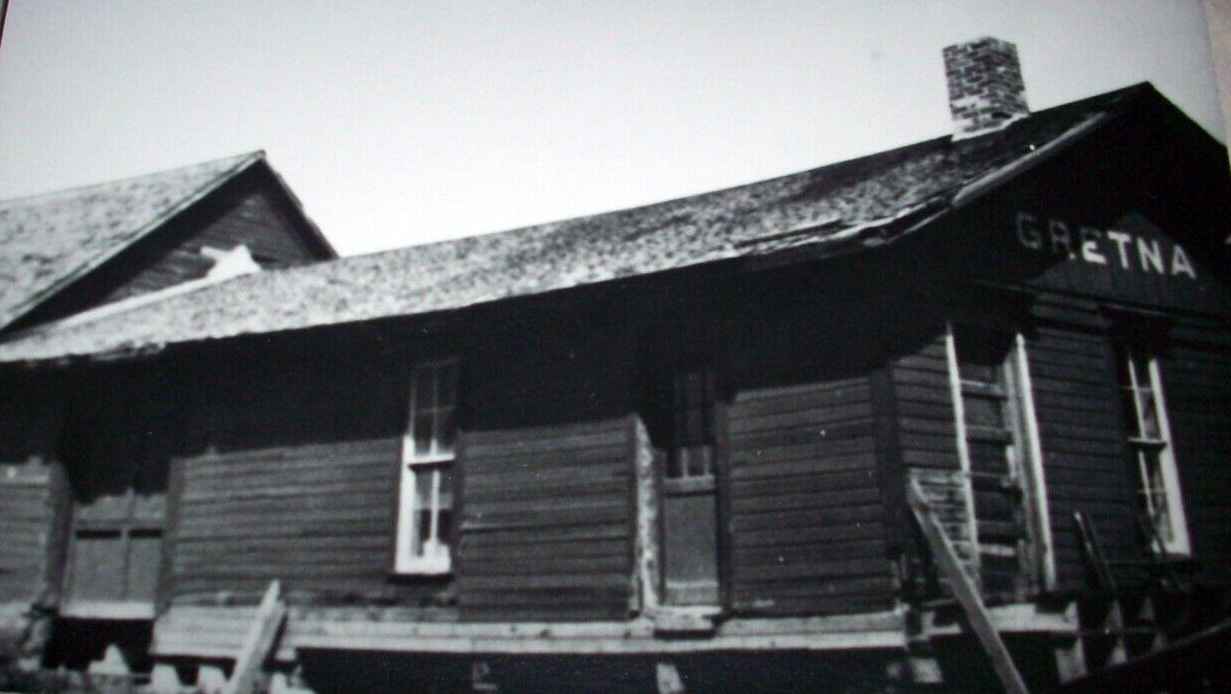
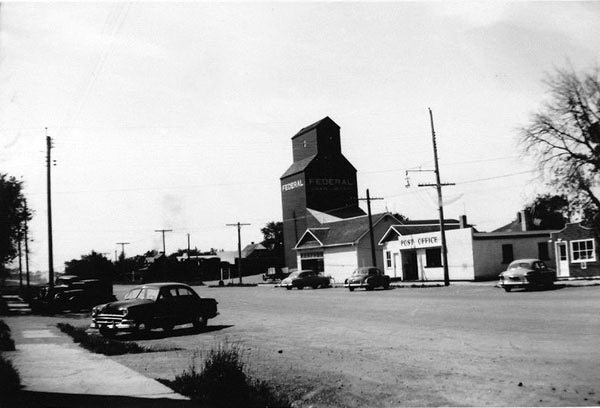 *
*
